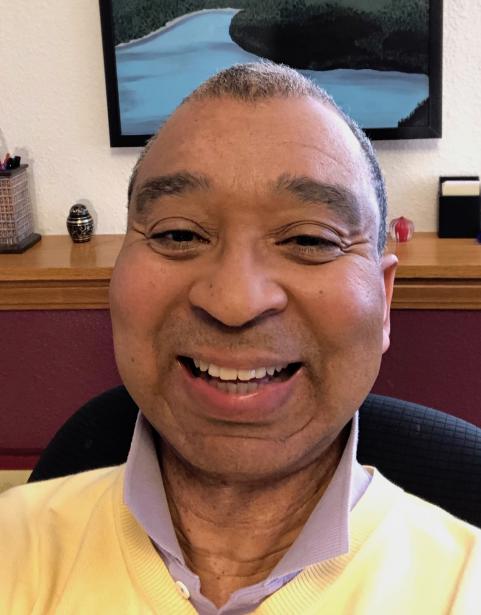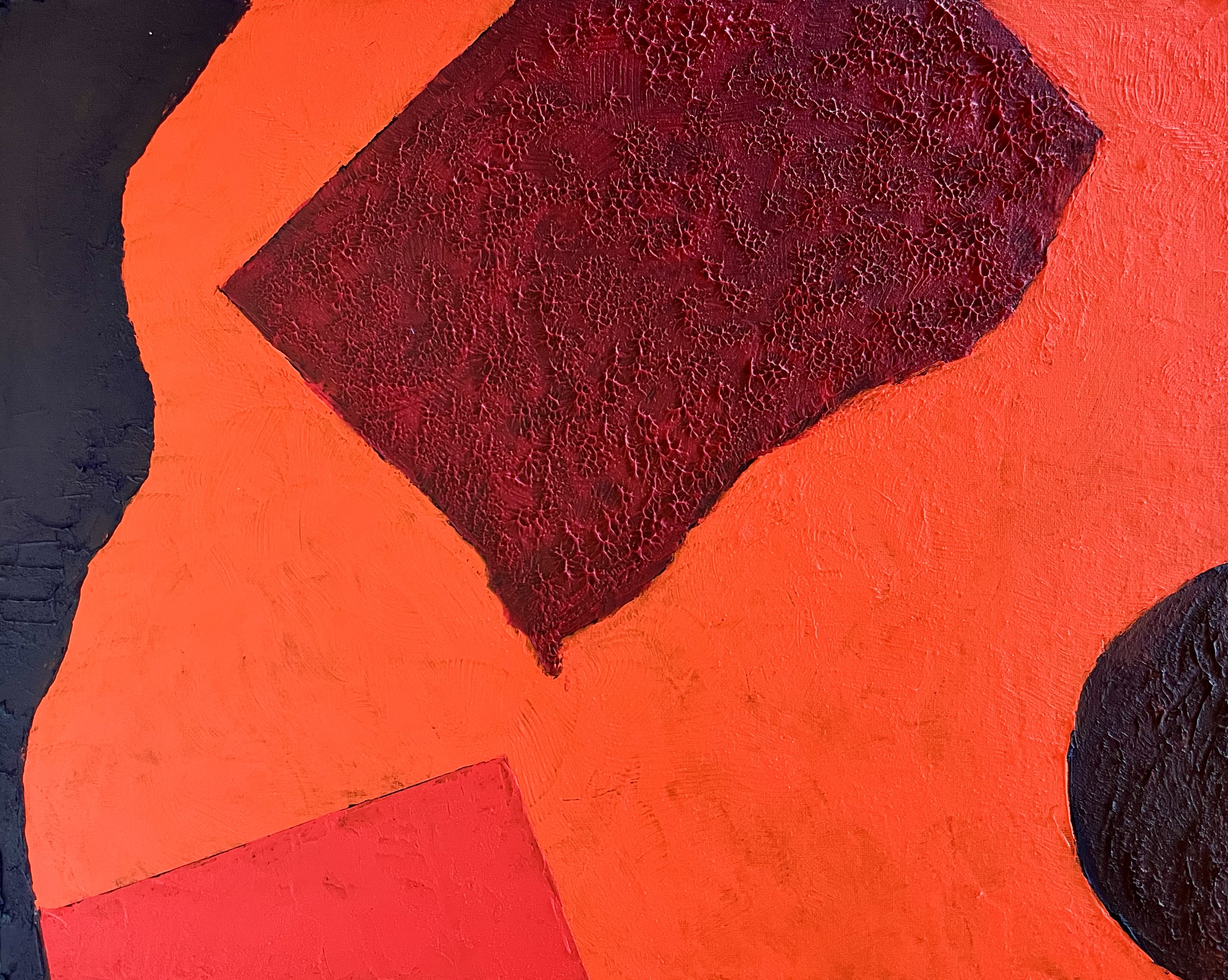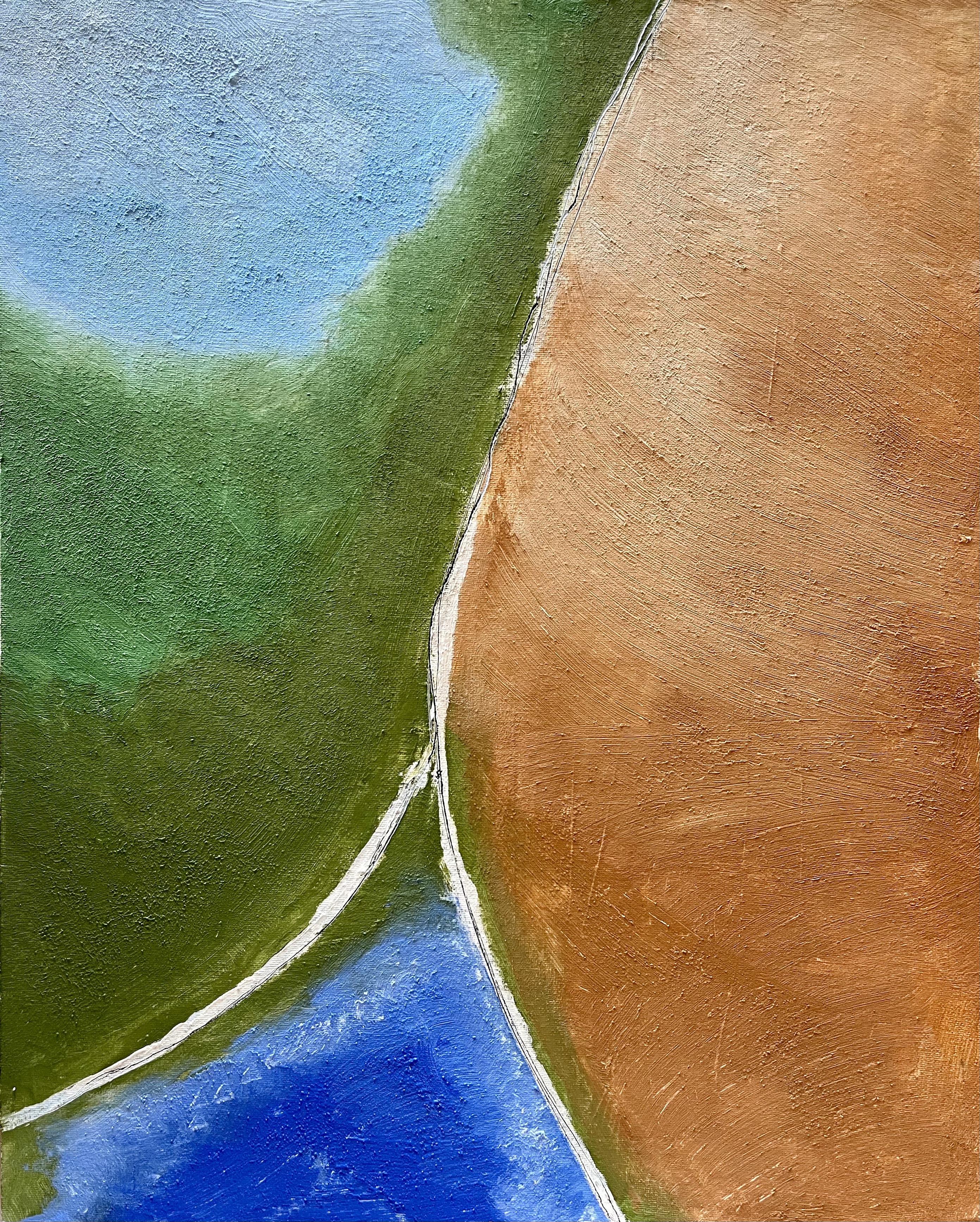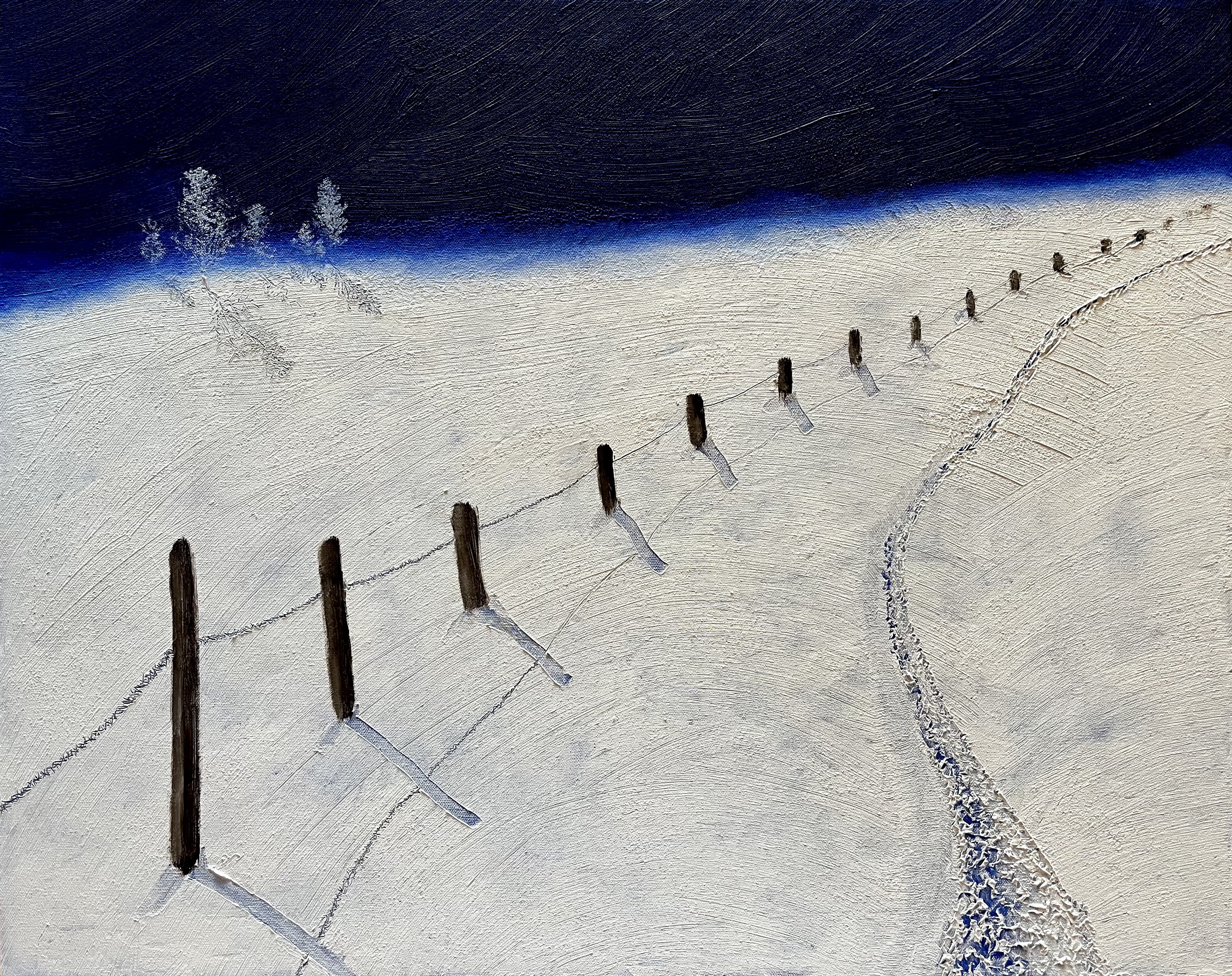JW Harrington is a painter, social-science professor, and trained baritone, living, painting, and singing in Tacoma, Washington. Using acrylic and oil paints on canvases or panels, he paints abstract works: some using strict, “rational” patterns of complementary colors; some eschewing color for monochrome shades; and some using free, intuitive composition. He also paints portraits and animated landscapes, motivated by the vibrant beauty of the Puget Sound region.
Harrington was raised in South Carolina, educated at Harvard University and the University of Washington, and has worked on east and west coasts of the U.S. After a 37-year career of teaching, research and administration, he is now Professor Emeritus of Urban Studies at the University of Washington Tacoma.
He’s studied painting and drawing with Sandy Bricel Miller in Seattle. His work has been shown
• in Seattle at Gallery 110, ARTS at King Street Station, 2022 & 2023 Seattle Art Fairs;
• in Tacoma at the Tahoma Center Gallery and the Tacoma Community College Gallery;
• at the Bainbridge Island Museum of Art and at Bainbridge Arts & Crafts;
• in Olympia at the Leonor R. Fuller Gallery; and
• in Bremerton at Collective Visions Gallery.
His works hang in corporate and institutional collections in Seattle, Tacoma, and Olympia.
As a painter, my goal is to use color, composition, line, and/or implicit allusion to get the casual viewer to engage with the work and their interpretations. Each of my series works toward that goal through a different set of visual elements. I use acrylic or oil paints and mediums, depending on my desired treatment of the composition.
In figurative paintings, I bring playful (or at times wry) animation to landscapes, waterscapes, portraits, and even inanimate objects. One of my goals is to normalize brown faces and bodies, by focusing my on African Americans as my human subjects.
“The Impossibility of Knowing” series refers to the strength of memory and imagination, compared to what is “real” or “observed.” In these paintings (40 so far), a solid shape, figure, or silhouette interacts with its mirrored outline: something that seems substantive is augmented with its mirror, shadow, or luminescence. The interplay creates dynamism, as each shape is pulled in its opposite direction.
While I enjoy rendering landscapes and people, I am most compelled to compose non-objectively, because of the freedom it gives the painter and the interpretive power it gives the viewer. Two of my earlier series (Appreciation and Color Abstraction) are totally non-objective, and continue the tradition of “color-field” painting.
I’ve pursued geometric abstraction in the MBTW series, thirty 36”x 36” canvases painted using only Mars Black and Titanium White pigments. By eliminating the associations of colors and their juxtapositions, I can emphasize the non-objective nature of the compositions. Associations abound nonetheless, derived from the interweaving of positive and negative spaces.
Geometric abstraction also forms the basis of several 24”x 24” and 48”x 48” compositions, not titled as a series. These are inspired by non-objective “Suprematism” championed all too briefly by Kazimir Malevich and his contemporaries. Geometric shapes interact with plain or carefully mottled backgrounds. Their relative slopes, colors, and heft imply movement or stasis, balance or imbalance, and even power relationships.
Most recently I’ve expressed relationships via color-filled biomorphic abstraction. Viewers are more likely to uncover (within themselves, really) meaning and movement when the forms seem organic. I’ve found the properties of acrylic, oil, as well as oil/cold wax to be useful for these compositions.










